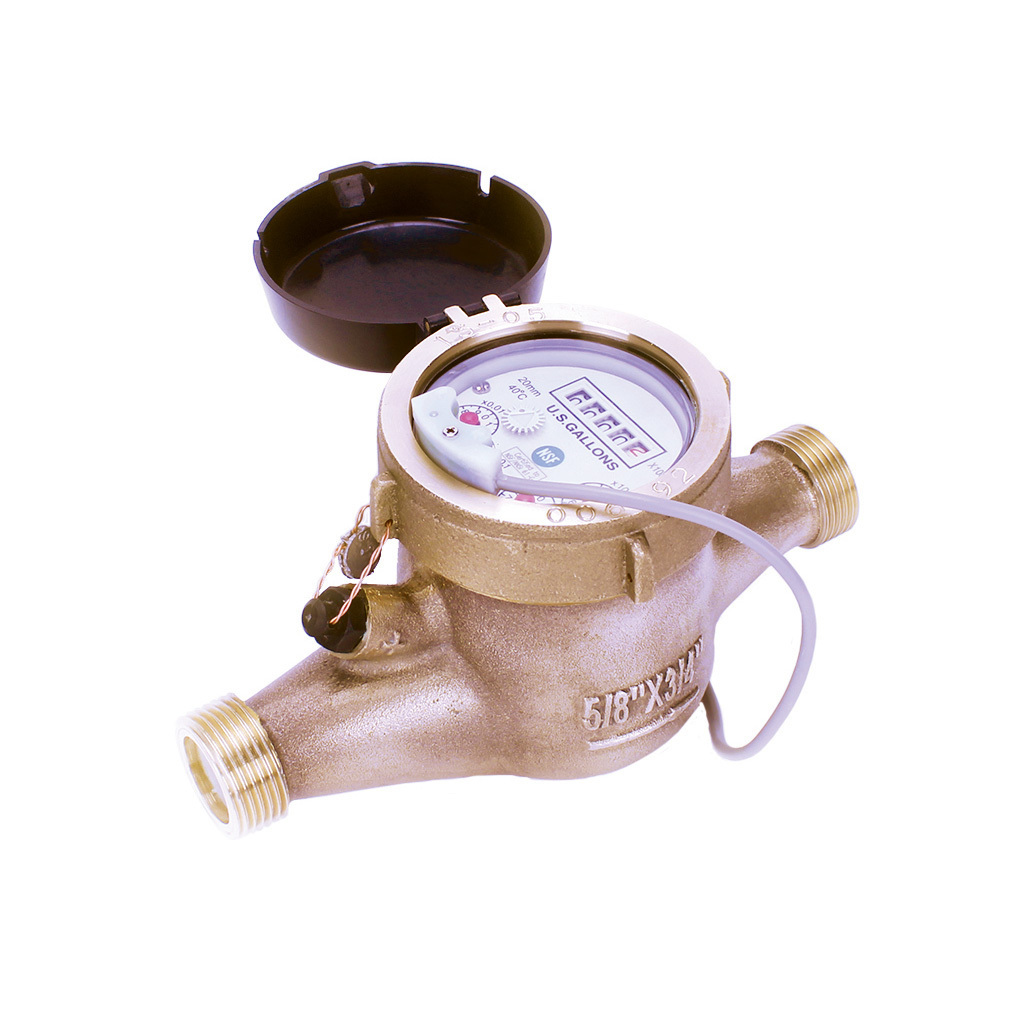SUB CATEGORIES OF Pulse Meters
There are no products listed under this category.
How Does a Pulse Water Meter Work?
Pulse flowmeters are devices that measure the rate of fluid flow by counting the number of pulses generated per unit of time. They comprise a sensor placed in the pathway of the fluid, along with a transmitter that can convert generated pulses into electrical signals. The transmitted signal is sent to a display unit, where it is converted into its corresponding flow rate for easier reading.
Types of Pulse Meters Offered at Cannon Water Technology
We offer various types of pulse meters, each with its unique features. Here is a quick overview of the series of pulse meters we offer:
- MJ/MJH Series: The MJ/MJH series pulse flow meter is designed for use in various applications, including industrial, chemical, and food processing. This meter is available in a wide range of sizes and configurations to meet the needs of your specific application. Available in cold or hot water models MJ/MJH series pulse flow meter features a unique design that accurately measures the fluid flow in even the most challenging environments. With the dry top multi-jet design, these pulse meters are known for their ability to tolerate low quality water. Available with a hall-effect sensor, reed switch or totalizer-only models, they are constructed with rugged epoxy-coated bronze bodies for added durability.
- MJN Series: Seametrics MJN-series meters incorporate the multi-jet principle, providing users with a trusted, reliable solution. These models are renowned for their wide range, affordability, ease of installation, and accuracy. Moreover, each model under this category is certified according to the NSF/ANSI 61 standard. These meters are designed for use in a variety of industries, from agriculture to manufacturing. Our selection of pulse water meters is available in a range of sizes, such as 3/4', 1', 1 1/2' and 2'. These meters have been equipped with a brass body for reliable reliability and long-term use.
How to Calculate Pulse on a Flow Meter
To calculate the pulse on a flow meter, you first need to determine the volume of fluid that passes through the meter. This can be done by measuring the time a certain amount of fluid takes to pass through the meter. Once you have the volume, you can calculate the pulse by dividing the volume by time.
How to Calibrate Pulse Flow Meters
To ensure accurate measurements, it is important to calibrate the pulse flow meter regularly. This process can be done manually or using automated software.
- Check the manufacturer's user manual to see the steps of calibration for a particular model of pulse flow meter.
- Verify the pulse flow meter reading by checking the display against the actual flow rate. The reading should be within the specified accuracy range.
- Adjust the calibration settings on the pulse flow meter according to the actual flow rate.
- Save the new calibration settings and test the pulse flow meter again to verify the accuracy of the reading.
If you're looking for a great deal on a pulse flow meter, look no further than Cannon Water Technology. We offer Seametrics pulse flow meters at competitive prices. Our knowledgeable team can help you select the best model based on your needs. Contact us today to learn more about our offerings or get a quote.


